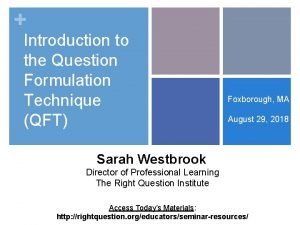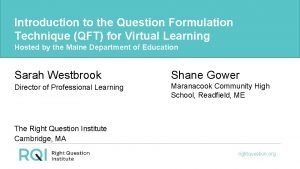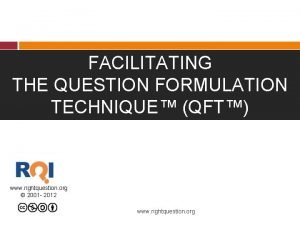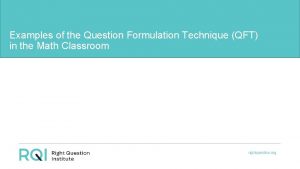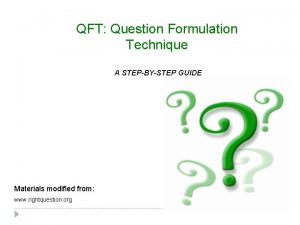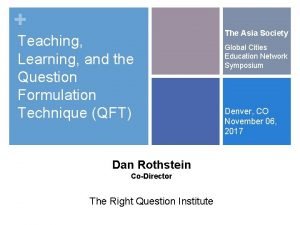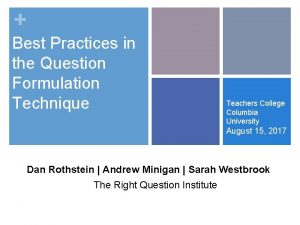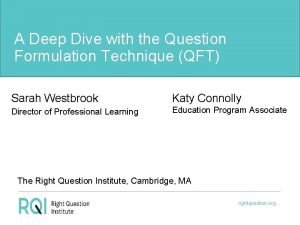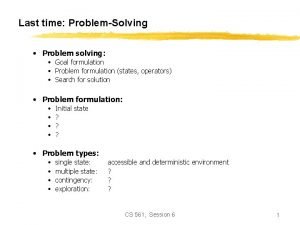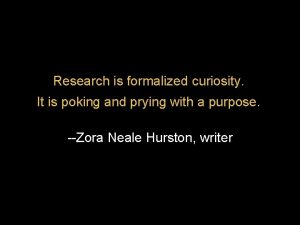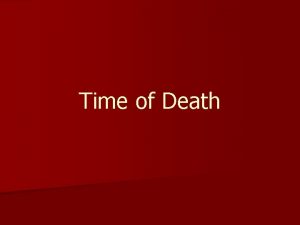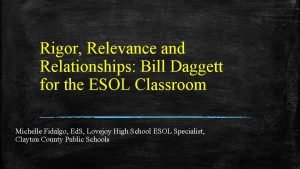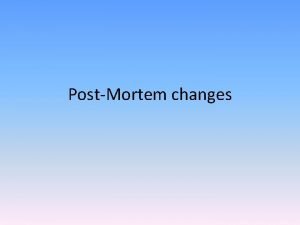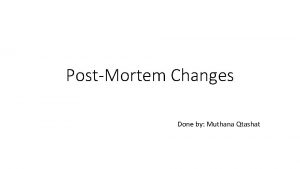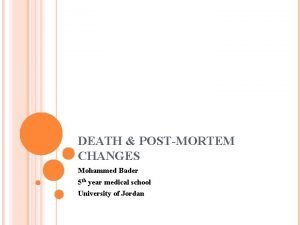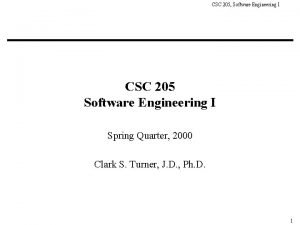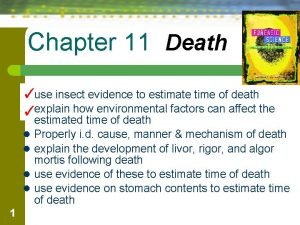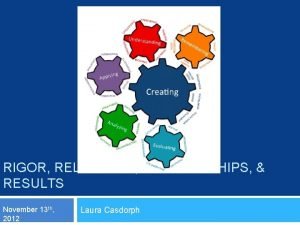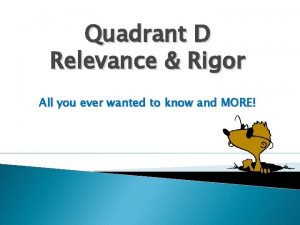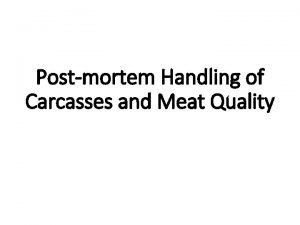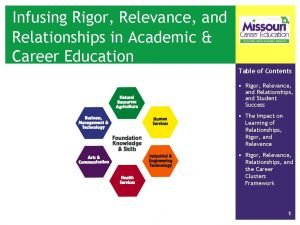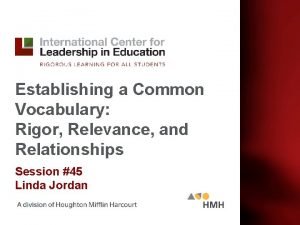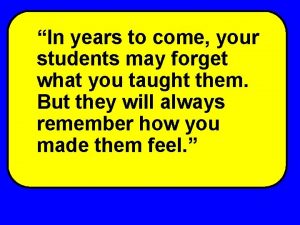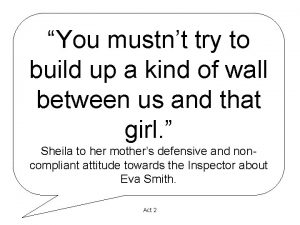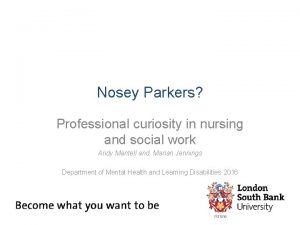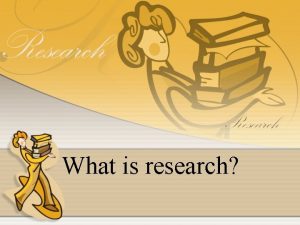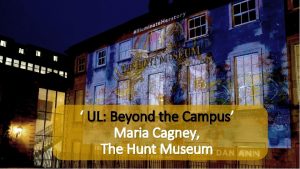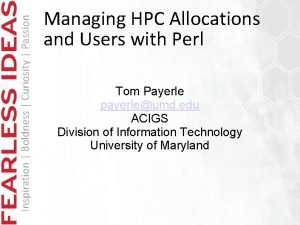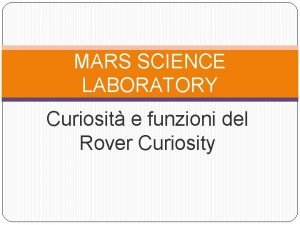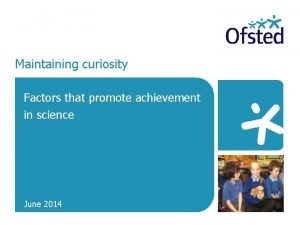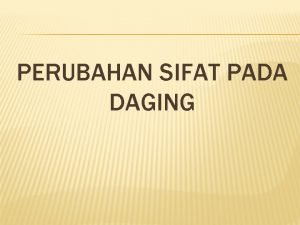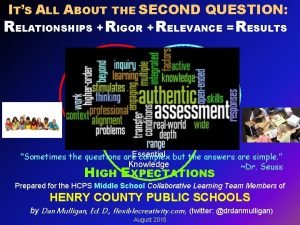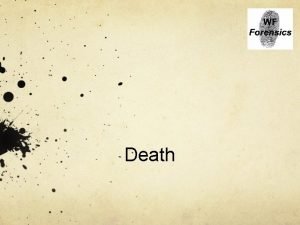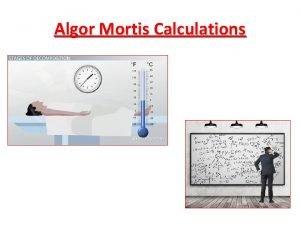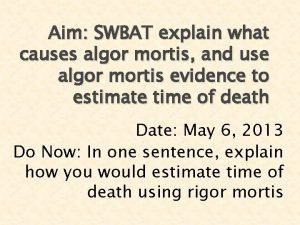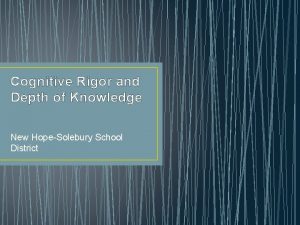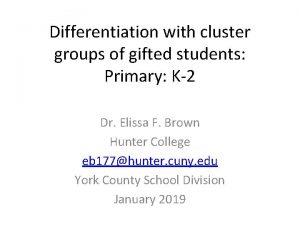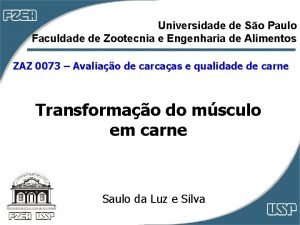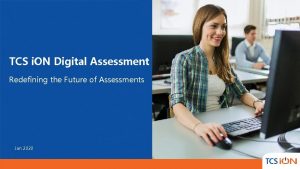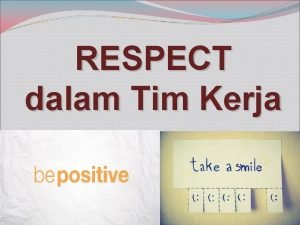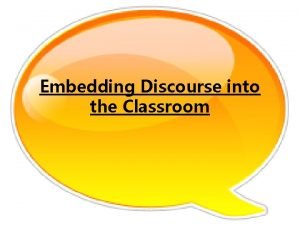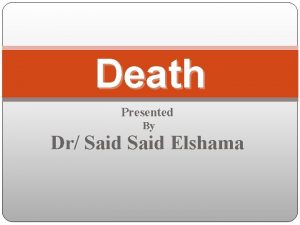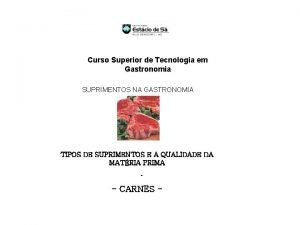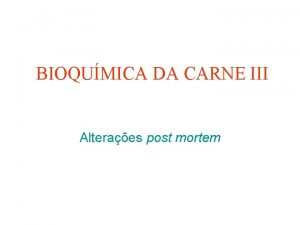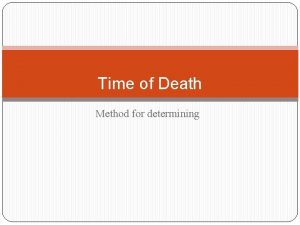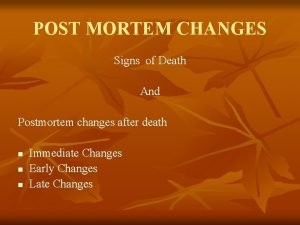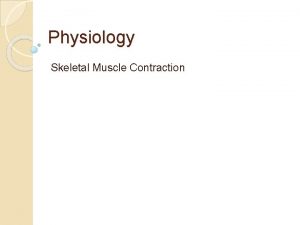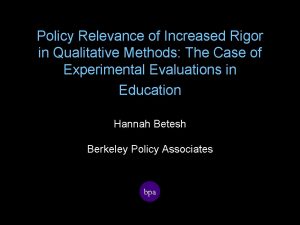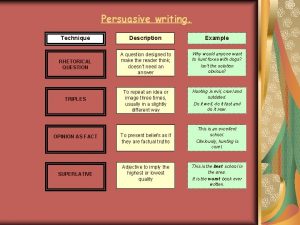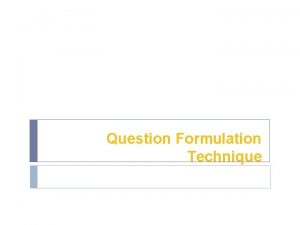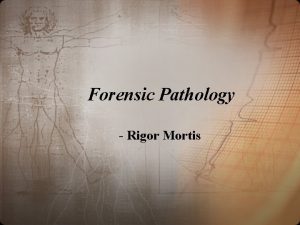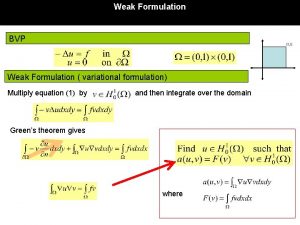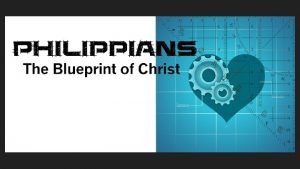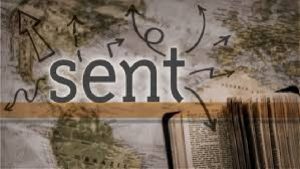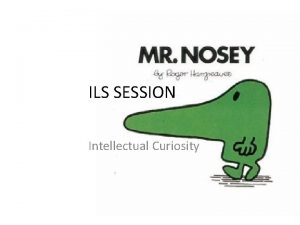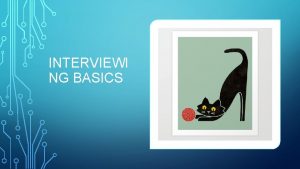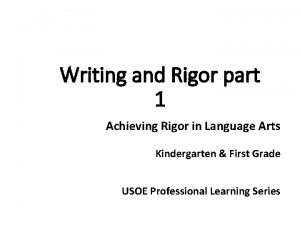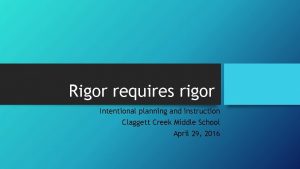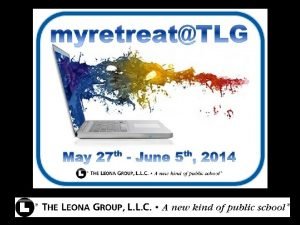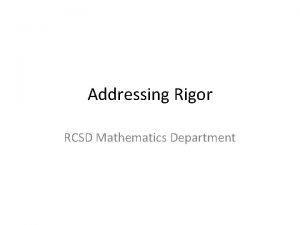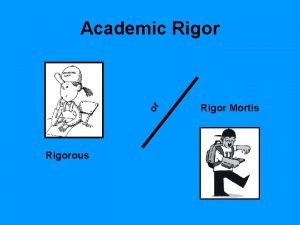Joy Rigor and Curiosity The Question Formulation Technique





































































- Slides: 69

Joy, Rigor and Curiosity: The Question Formulation Technique in Action Dan Rothstein, Co-founder, The Right Question Institute Ana Karchmer, Co-designer Right Question Institute resources August 10, 2019, Santiago Chile rightquestion. org

Acknowledgments We are deeply grateful to The Hummingbird Fund and to the Right Question Institute board of directors for their strong support of our work. Thank you to Mónica Naranjo, PYP Coordinator at Santiago College for all the thought and time she put in to help me plan for my session. We would also like to acknowledge the tremendous contributions of thousands of educators currently using the QFT, sharing it with students and colleagues, and continuously teaching us. We could not have done this session without the wise input and organizational support of my colleagues at the Right Question Institute: Tomoko Ouchi, Katy Connolly, Sandy Madero, and Luz Santana.


Now, Educators Lead the Work The Right Question Institute offers materials through a Creative Commons License and we encourage you to make use of and/or share this resource. Please reference the Right Question Institute and rightquestion. org as the source on any materials you use.

To Access Today’s Materials: http: //rightquestion. org/events/ Join our Educator Network for: Templates you can use tomorrow in class § Classroom Examples from every grade and subject § Instructional Videos §

Today’s Schedule 1. Introduction to the Question Formulation Technique Break 2. Art and Science of the QFT Ⅰ Lunch break 3. Art and Science of the QFT Ⅱ Break 4. An Emerging Question Formulation Theory of Learning 5. Questions, Reflections, and Closing Words

Introduction to the Question Formulation Technique 1) Welcome and Community Building 2) Why Spend Time on Teaching Question Formulation? 3) Collaborative Learning with the Question Formulation Technique (QFT) 4) Explore Classroom Applications & Student Work

Who is in the room?

We’re Tweeting… @Rothstein. Dan @Right. Question #QFT

+ Why spend time teaching the skill of question formulation?

"There is no learning without having to pose a question. " - Richard Feynman Nobel Laureate, Physics, 1965

“We must teach students how to think in questions, how to manage ignorance. ” – Stuart Firestein Professor, Department of Biology, Columbia University

College Presidents on What College Students Should Learn “The primary skills should be analytical skills of interpretation and inquiry. In other words, know how to frame a question. ” - Leon Botstein, President of Bard College “…the best we can do for students is have them ask the right questions. ” - Nancy Cantor, Former Chancellor of University of Illinois The New York Times, August 4, 2002

Yet, only 27% of graduates believe college taught them how to ask their own questions Alison Head, Project Information Literacy at University of Washington, 2016

The problem begins long before college. . .

Percentage of Basic Skill Attainment Sources: http: //nces. ed. gov/nationsreportcard/pdf/main 2009/2011455. pdf http: //nces. ed. gov/nationsreportcard/pubs/main 2007/2008468. asp#section 1 Data on question-asking based on parent and teacher feedback

Percentage of Basic Skill Attainment Sources: http: //nces. ed. gov/nationsreportcard/pdf/main 2009/2011455. pdf http: //nces. ed. gov/nationsreportcard/pubs/main 2007/2008468. asp#section 1 Data on question-asking based on parent and teacher feedback

Educators Recognize the Problem • Teachers report that getting students to ask questions feels like, “pulling teeth. ” • Students ask less than 1/5 th the questions educators estimated would be elicited and deemed desirable. * * Susskind, E. (1979), Encouraging teachers to encourage children's curiosity: A pivotal competence. Journal of Clinical Child Psychology, 8 (2), pp. 101 -106.

We Are Not Alone Educators in 1 million classrooms all over the world


What happens when students do learn to ask their own questions?

Research on the Importance of Student Questioning Self-questioning (metacognitive strategy): • Student formulation of their own questions is one of the most effective metacognitive strategies • Engaging in pre-lesson self-questioning improved students rate of learning by nearly 50% (Hattie, p. 193) John Hattie Visible Learning: A Synthesis of Over 800 meta-Analyses Relating to Achievement, 2008

Student Reflection “The way it made me feel was smart because I was asking good questions and giving good answers. ” - 9 th grader, Summer School, Boston

Classroom Example: th 4 Grade Teacher: Deirdre Brotherson, Hooksett, NH Topic: Math unit on variables Purpose: To engage students at the start of a unit on variables and assess their current skill level

Question Focus 24 = + +

Student Questions 1. Why is the 24 first? 2. What do the smiley faces mean? 3. Why are there 3 smiley faces? 4. How am I suppose to figure this out? 5. Is the answer 12? 6. Can I put any number for a smiley face? 7. Do three faces mean something? 8. Do the numbers have to be the same because the smiley faces are the same? 9. What numbers will work here? 24 = + + Does it mean 24 is a really happy number? 11. Can we replace each smiley face with an 8? 12. Do any other numbers work? 13. Can we do this for any number? 14. Does it always have to be smiley faces? 15. Do we always have to use three things? 10.

Next Steps with Student Questions • Questions were hung around the room. • Students checked off questions as they were answered during the rest of the unit. • At the end of the unit, students analyzed their original list of questions and discussed what they learned and what they still wanted to know.

+ Collaborative Learning with the Question Formulation Technique (QFT)

The Question Formulation Technique (QFT) Students learn to: § Produce their own questions § Improve their questions § Strategize on how to use their questions § Reflect on what they have learned and how they learned it

Rules for Producing Questions 1. Ask as many questions as you can 2. Do not stop to answer, judge, or discuss 3. Write down every question exactly as stated 4. Change any statements into questions

Produce Questions 1. Ask Questions 2. Follow the Rules • Ask as many questions as you can. • Do not stop to answer, judge, or discuss. • Write down every question exactly as it was stated. • Change any statements into questions. 3. Number the Questions

Question Focus Some students are not asking questions. Directions: • Please write this statement at the top of your paper. • Ask as many questions as you can about this statement. • Remember to follow the rules and number the questions!

Categorize Questions: Closed/ Open Definitions: • Closed-ended questions can be answered with a “yes” or “no” or with a one-word answer. • Open-ended questions require more explanation. Directions: Identify your questions as closed-ended or open-ended by marking them with a “C” or an “O. ”

Discuss Closed-ended Questions Advantages Disadvantages

Discuss Open-ended Questions Advantages Disadvantages

Improve Questions • Take one closed-ended question and change it into an openended question. Closed Open • Take one open-ended question and change it into a closedended question. Open Closed

Prioritize Questions Review your list of questions • Choose three questions you consider most important. • While prioritizing, think about your Question Focus: Some students are not asking questions. After prioritizing consider… • Why did you choose three questions? • Where are your priority questions in the sequence of your entire list of questions?

Strategize on an Action Plan From priority questions to action plan… In order to answer your priority questions: • What do you need to know? Information • What do you need to do? Tasks Information Tasks

Share 1. Questions you changed from open/closed 2. Your three priority questions and their numbers in your original sequence 3. Rationale for choosing priority questions 4. Your action plan

Reflect • What did you learn? • How did you learn it? • What do you understand differently now about some students not asking their own questions?

A Look Inside the Process

The QFT, on one slide… 1) Question Focus 2) Produce Your Questions ü Follow the rules ü Number your questions 1. 2. 3. 4. Ask as many questions as you can Do not stop to discuss, judge or answer Record exactly as stated Change statements into questions 3) Improve Your Questions ü Categorize questions as Closed or Open-ended ü Change questions from one type to another 4) Prioritize Your Questions 5) Share & Discuss Next Steps 6) Reflect Closed-Ended: Answered with “yes, ” “no” or one word Open-Ended: Require longer explanation

Curiosity and Rigor Three thinking abilities with one process

Thinking in many different directions Divergent Thinking

Narrowing Down, Focusing Convergent Thinking

Thinking about Thinking Metacognitive Thinking

+ Exploring Classroom Examples

Classroom Example: Kindergarten Teacher: Jennifer Shaffer, Walkersville, MD Topic: Non-fiction literacy Purpose: To engage students prior to reading a nonfiction text about alligators

Question Focus Photograph by Nuwan Samaranayake, 2013

Student Questions 1. Is the alligator camouflaged? 2. Why do the babies have stripes? 3. Are those baby crocodiles? 4. Is it a mom or dad crocodile? 5. What is the green stuff? 6. Why are they in the water so low? 7. Where are they going? 8. Why are the baby alligator’s eyes white and the mom’s black? 9. Why are baby alligators on top of the momma alligator? 10. Why does momma or daddy have bumps on them?

Classroom Example: 7 th Grade Teacher: Nicole Bolduc, Ellington, CT Topic: “The Universe and Its Stars” Unit Purpose: To engage students in setting the learning agenda for the unit

Question Focus Students watched videos of dramatic tide change in Cape Cod, Alaska, and Canada https: //www. youtube. com/watch? v=m. AYXZz. KUAX 4 https: //www. youtube. com/watch? v=53 EEDislo. ME

Selected Student Questions 1. Why does tide change? 2. How is tide created? 3. How does earth’s rotation cause the tide to change? 4. Does the sun have any part in the rise and retreat of tides? 5. Do tides occur because of the gravitational pull of the moon? 6. Do the phases of the moon come into play with the tides? 7. How do other planets affect it? 8. Are the tides opposite in Florida and Mexico? (b/c they share the Gulf of Mexico) 9. How come the tide changes greatly in some places but not others? 10. How far can high tide go? 11. How do tides affect people? 12. Can tide change be a problem in the future? 13. Does global warming affect tides? 14. Where does the water go to? 15. Does temperature have anything to do with tides? 16. Does tilt have anything to do with tides? 17. How do fish & wildlife survive when the tide is always changing? 18. If the moon disappeared, would there be no tides? 19. What would happen if the tide didn’t change? 20. Why are tides important to the earth?

Next Steps with Student Questions • The Driving Questions Board and the “Parking Lot” • Students draw initial models, give feedback, and make predictions. • Students experience a series of scientific investigations. • At the end of the unit, the Driving Question board is “published” in poster format.

Student Reflections “I learned the basics of science and why it exists. Scientists have to find answers to questions. Their entire lives are to ask questions that will solve the big problem. ” “This experience also fueled my passion to become a scientist, I want to find the answer to the things that interested me for the longest time. I have learned more that I would have expected, because all we did was ask some questions. ”

Classroom Example: High School Teacher: Allison Gest, Park Ridge, IL Topic: 11 th & 12 th Grade Geology Purpose: To help students design a running water experiment and then refine their designs

Question Focus: Scientist’s claim: “Adding a dam to a water system causes a decrease in aquatic life downstream. ” Student Design to test the claim:

After the design process, next steps: v. Students used the QFT on a different group’s design. v. Students then revised their design informed by the questions from their peers. v. Groups tested their final experiment design.

Next Steps:

Student Reflections “I learned to set future goals…and to be able to approach a question scientifically. ” “If you never ask questions you never find answers. Questioning things in the world is a huge part of making progress and stimulating change. ” “I learned that there is never a dumb question and that it never hurts to ask. ” “I can use this in an everyday setting; I can ask questions about homework assignments, or weekend plans, or people. It will help me to dig further and discover things that aren't given to me right away. ”

Classroom Example: High School Teacher: Daniel Fouts, Des Plaines, IL Topic: 12 th Grade Government unit on the American presidency at moments of crisis Purpose: To engage students at the start of the unit and to help students select a topic for an independent project

Question Focus “Nearly all men can handle adversity; but if you really want to test a man’s character, give him power. ” https: //www. loc. gov/pictures/item/96522529/

Student Questions 1. How does power challenge one’s morality? 11. How can power be obtained by adversity? 3. Does power make people corrupt? 13. If adversity supposedly makes you stronger, does that mean that power makes you weaker? 4. What if the person who is qualified for power doesn’t attain it? 6. What is considered power? 7. What defines good character? tell by adversity?

Next Steps: • In groups, students prioritized by choosing their consensus favorite question to add to the class list • Each student selected l question from the class list to work on throughout the unit • Students answered their question using research and knowledge from the unit in a two-page reflection paper • Students shared their reflections in a class discussion on the final day of the unit

+ Why is the skill of question formulation so important now?

In the Age of Google “How should you respond when you get powerful new tools for finding answers? Think of harder questions. ” – Clive Thompson Journalist and Technology Blogger

Honoring the Original Source: Parents in Lawrence, Massachusetts, 1990 “We don’t go to the school because we don’t even know what to ask. ”

Asking Questions and Democracy Image Courtesy of Highlander Research and Education Center

Questions and Democracy “We need to be taught to study rather than to believe, to inquire rather than to affirm. ” – Septima Clark Chapter 6 on Septima Clark in Freedom Road: Adult Education of African Americans (Peterson, 1996)
 If you want joy real joy wonderful joy
If you want joy real joy wonderful joy Question formulation technique pdf
Question formulation technique pdf Qft questioning
Qft questioning Question formulation technique worksheet
Question formulation technique worksheet Question formulation technique example
Question formulation technique example Question formulation technique worksheet
Question formulation technique worksheet Qft questioning
Qft questioning Qft questioning
Qft questioning Question formulation technique worksheet
Question formulation technique worksheet Why problem formulation follow goal formulation
Why problem formulation follow goal formulation Joy to the world unspeakable joy
Joy to the world unspeakable joy Costa question levels
Costa question levels Curiosity and the copycat
Curiosity and the copycat Autolysis
Autolysis Rigor relevance and relationships
Rigor relevance and relationships Rigor mortis vs livor mortis
Rigor mortis vs livor mortis Post mortem suggillation
Post mortem suggillation Conditions simulating rigor mortis
Conditions simulating rigor mortis Clostridium welchii hypostasis color
Clostridium welchii hypostasis color Rigor and formality
Rigor and formality Rigor mortis and livor mortis
Rigor mortis and livor mortis Rigor relevance and relationships in action
Rigor relevance and relationships in action Rigor relevance and relationships in action
Rigor relevance and relationships in action Quadrant d
Quadrant d Cold shortening and thaw rigor
Cold shortening and thaw rigor Rigor relevance and relationships in action
Rigor relevance and relationships in action Rigor relevance and relationships
Rigor relevance and relationships Rigor and relevance checklist
Rigor and relevance checklist Nothing but morbid curiosity
Nothing but morbid curiosity Professional curiousity
Professional curiousity Define intellectual curiosity
Define intellectual curiosity Research is rearranging facts.
Research is rearranging facts. Natural curiosity
Natural curiosity Curiosity
Curiosity Professional curiosity munro
Professional curiosity munro Robot curiosity funzioni
Robot curiosity funzioni Maintaining curiosity
Maintaining curiosity Clearinghouse probe
Clearinghouse probe Apa itu pre rigor
Apa itu pre rigor Casper's dictum
Casper's dictum Relationships before rigor
Relationships before rigor Rigor mortis eyes
Rigor mortis eyes How to calculate algor mortis
How to calculate algor mortis Activity 11-4 estimating time of death answer key
Activity 11-4 estimating time of death answer key What is cognitive rigor
What is cognitive rigor Scientific rigor definition
Scientific rigor definition Rigor is
Rigor is Resolução do rigor mortis
Resolução do rigor mortis Rigor in operations tcs
Rigor in operations tcs Budaya respect adalah
Budaya respect adalah Cognitive rigor matrix
Cognitive rigor matrix Rigor
Rigor Carnes
Carnes Transformação do músculo em carne
Transformação do músculo em carne Rigor mortis
Rigor mortis Conditions simulating rigor mortis
Conditions simulating rigor mortis Actin and myosin cross bridges
Actin and myosin cross bridges The components of rigor in qualitative research are
The components of rigor in qualitative research are Persuasive techniques rhetorical questions
Persuasive techniques rhetorical questions Present simple question words
Present simple question words Contoh paraphrase
Contoh paraphrase Example of researchable and non researchable
Example of researchable and non researchable Indirect questions expressions
Indirect questions expressions Compelling question vs supporting question
Compelling question vs supporting question Compelling vs supporting questions
Compelling vs supporting questions Hình ảnh bộ gõ cơ thể búng tay
Hình ảnh bộ gõ cơ thể búng tay Ng-html
Ng-html Bổ thể
Bổ thể Tỉ lệ cơ thể trẻ em
Tỉ lệ cơ thể trẻ em Chó sói
Chó sói

